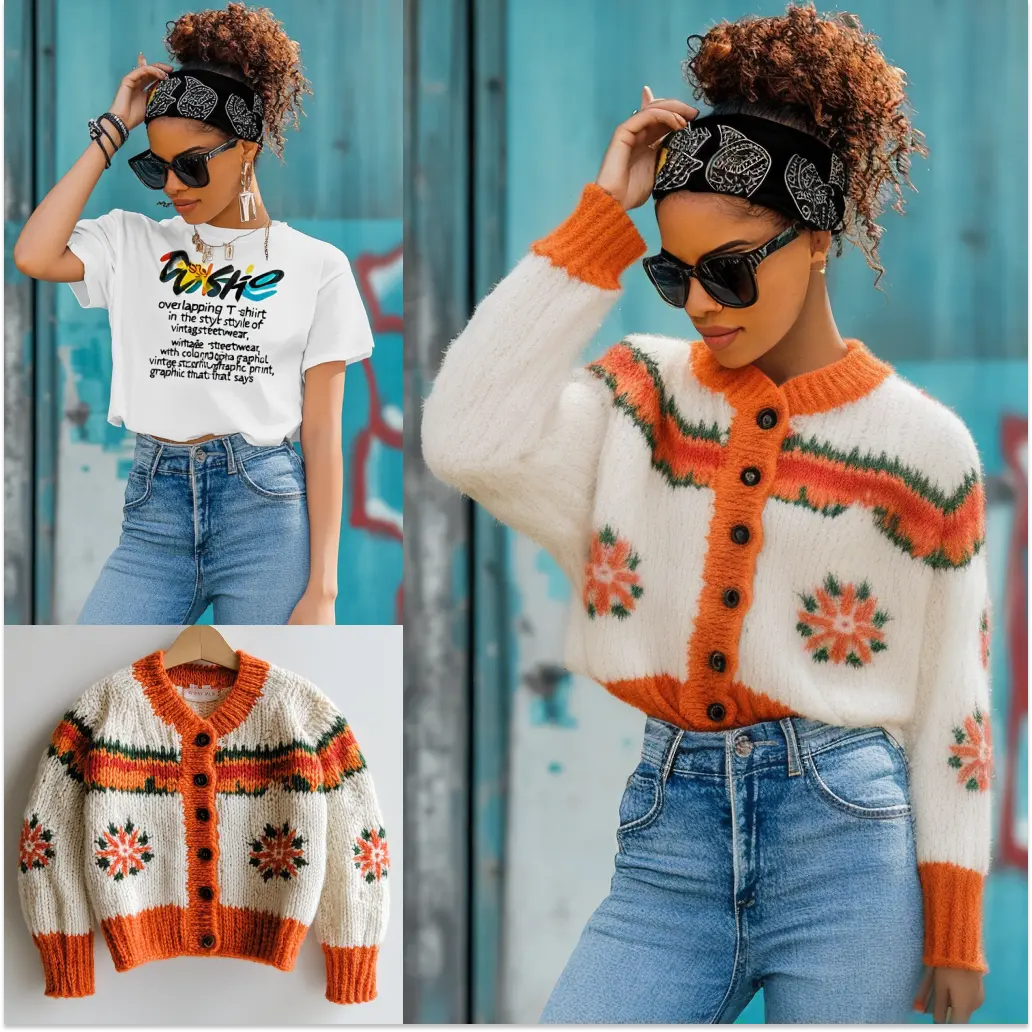ComfyUI Node: ⭐ StarSampler SD / SDXL / SD3.5
SDstarsampler
Category⭐StarNodes/Sampler
Starnodes2024 (Account age: 326days) Extension
ComfyUI_StarNodes Latest Updated
2025-05-10 Github Stars
0.04K
How to Install ComfyUI_StarNodes
Install this extension via the ComfyUI Manager by searching for ComfyUI_StarNodes- 1. Click the Manager button in the main menu
- 2. Select Custom Nodes Manager button
- 3. Enter ComfyUI_StarNodes in the search bar
Visit ComfyUI Online for ready-to-use ComfyUI environment
- Free trial available
- 16GB VRAM to 80GB VRAM GPU machines
- 400+ preloaded models/nodes
- Freedom to upload custom models/nodes
- 200+ ready-to-run workflows
- 100% private workspace with up to 200GB storage
- Dedicated Support
⭐ StarSampler SD / SDXL / SD3.5 Description
Versatile node for enhancing AI art generation sampling process with detailed customization and dynamic adjustments.
⭐ StarSampler SD / SDXL / SD3.5:
The SDstarsampler is a versatile node designed to enhance the sampling process in AI art generation, particularly for models like SD, SDXL, and SD3.5. Its primary function is to manage and execute the sampling process, which is crucial for generating high-quality images from latent representations. The node allows for detailed customization of the sampling parameters, enabling you to fine-tune the output to meet specific artistic goals. By integrating a detail schedule, the SDstarsampler can dynamically adjust the sampling process, ensuring that the generated images maintain a high level of detail and coherence. This node is particularly beneficial for artists looking to explore the full potential of their models, offering a balance between control and automation in the image generation process.
⭐ StarSampler SD / SDXL / SD3.5 Input Parameters:
model
The model parameter represents the AI model used for generating images. It is essential as it defines the capabilities and style of the output. The choice of model can significantly impact the artistic style and quality of the generated images.
positive
The positive parameter is used to guide the model towards desired features in the generated image. It typically includes keywords or concepts that you want to emphasize in the output.
negative
The negative parameter serves as a counterbalance to the positive parameter, helping to suppress unwanted features or artifacts in the generated image. It is useful for refining the output by specifying what should be avoided.
latent
The latent parameter refers to the latent representation of the image, which is the input to the sampling process. It is a crucial component as it forms the basis from which the final image is generated.
seed
The seed parameter is a numerical value that initializes the random number generator, ensuring reproducibility of results. By using the same seed, you can generate identical outputs across different runs.
steps
The steps parameter determines the number of iterations the sampler will perform. More steps generally lead to higher quality images but require more computational resources. The balance between quality and performance is key here.
cfg
The cfg parameter, or configuration, controls the strength of the guidance applied during sampling. It influences how closely the generated image adheres to the specified positive and negative parameters.
sampler_name
The sampler_name parameter specifies the algorithm used for sampling. Different samplers can produce varying results, and selecting the appropriate one can affect the style and quality of the output.
scheduler
The scheduler parameter manages the progression of the sampling process, affecting how the image evolves over the specified steps. It plays a role in the smoothness and coherence of the final image.
denoise
The denoise parameter controls the level of noise reduction applied during sampling. Proper denoising is crucial for achieving clear and detailed images.
vae
The vae parameter refers to the Variational Autoencoder used to decode the latent representation into an image. It is a critical component in the final stage of image generation.
decode_image
The decode_image parameter is a boolean that determines whether the latent representation should be decoded into an image. When set to true, the VAE is used to produce the final visual output.
detail_schedule
The detail_schedule parameter is an optional input that allows for dynamic adjustments to the sampling process, enhancing detail and coherence in the generated image.
settings_input
The settings_input parameter allows for the customization of the sampling settings, enabling you to apply specific configurations to tailor the output to your needs.
⭐ StarSampler SD / SDXL / SD3.5 Output Parameters:
model
The model output is the same as the input model, confirming the model used for the sampling process.
positive
The positive output reflects the positive guidance applied during sampling, useful for understanding the influence on the final image.
negative
The negative output indicates the negative guidance used, helping to assess its impact on suppressing unwanted features.
samples
The samples output contains the raw data from the sampling process, which is crucial for generating the final image.
detail_schedule
The detail_schedule output provides information on the dynamic adjustments made during sampling, offering insights into the process.
image
The image output is the final visual representation generated from the latent input, decoded by the VAE if decode_image is true.
vae
The vae output confirms the VAE used in the decoding process, ensuring consistency in the image generation pipeline.
settings_output
The settings_output provides a record of the settings applied during sampling, useful for reproducibility and analysis.
seed
The seed output confirms the seed used, ensuring that the results can be replicated in future runs.
⭐ StarSampler SD / SDXL / SD3.5 Usage Tips:
- Experiment with different
sampler_nameoptions to find the one that best suits your artistic style and desired output quality. - Adjust the
stepsparameter to balance between image quality and computational efficiency, especially when working with limited resources. - Use the
positiveandnegativeparameters strategically to guide the model towards your creative vision while avoiding unwanted features. - Leverage the
detail_scheduleto enhance the level of detail in your images, particularly for complex scenes or intricate designs.
⭐ StarSampler SD / SDXL / SD3.5 Common Errors and Solutions:
Error: "Invalid model input"
- Explanation: This error occurs when the model provided is not compatible with the SDstarsampler node.
- Solution: Ensure that the model input is correctly specified and compatible with the node's requirements.
Error: "Sampling steps exceeded limit"
- Explanation: The number of steps specified exceeds the allowable limit for the sampling process.
- Solution: Reduce the
stepsparameter to a value within the acceptable range to proceed with sampling.
Error: "Denoise parameter out of range"
- Explanation: The
denoiseparameter is set to a value outside the permissible range. - Solution: Adjust the
denoiseparameter to a valid value, ensuring it is within the specified limits for effective noise reduction.
⭐ StarSampler SD / SDXL / SD3.5 Related Nodes
RunComfy is the premier ComfyUI platform, offering ComfyUI online environment and services, along with ComfyUI workflows featuring stunning visuals. RunComfy also provides AI Playground, enabling artists to harness the latest AI tools to create incredible art.



